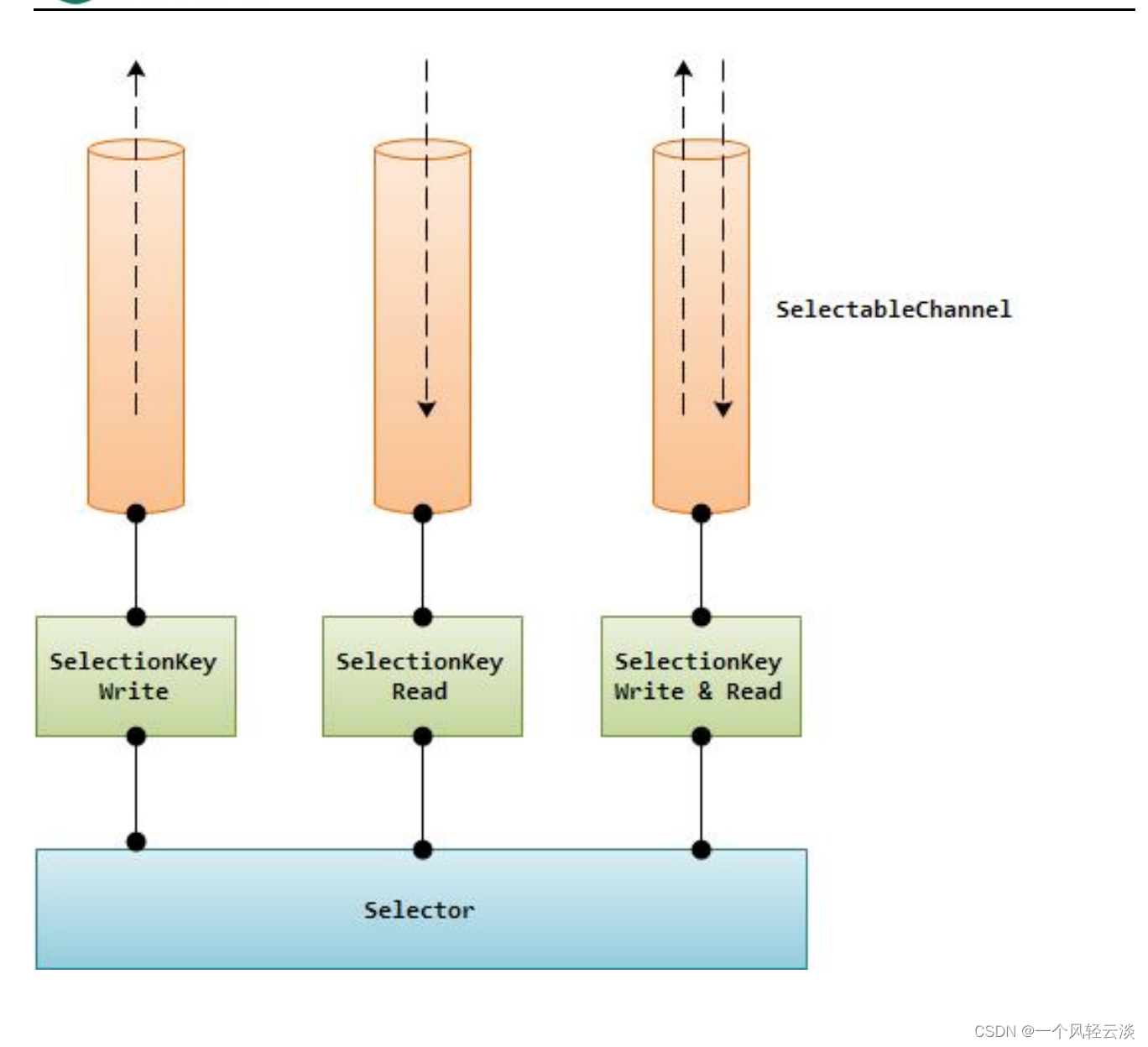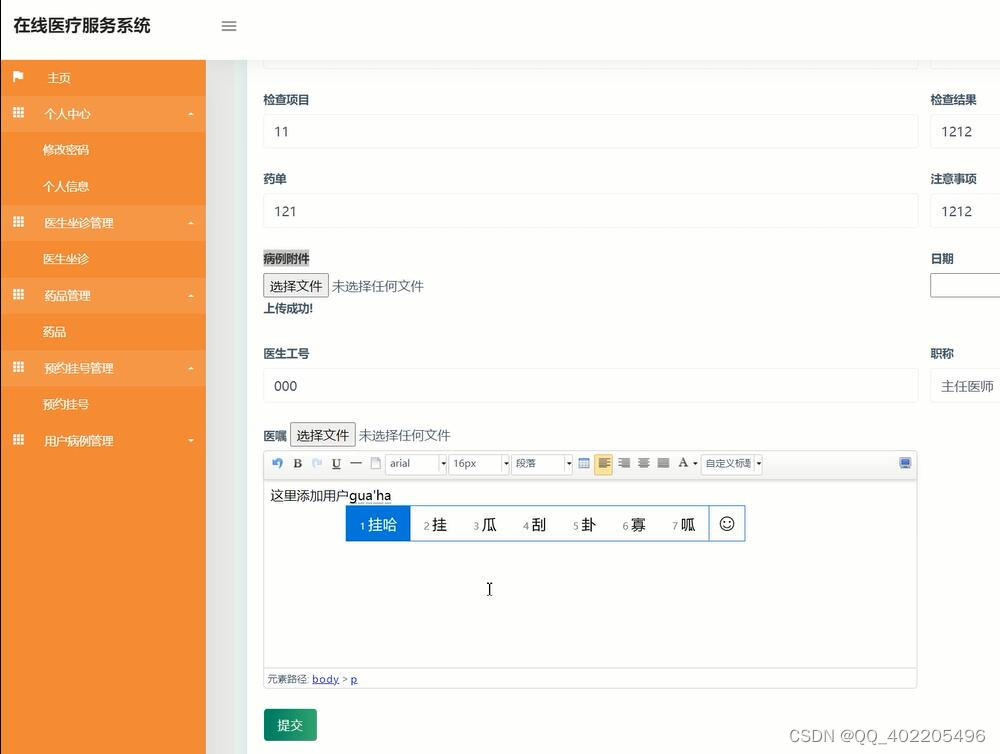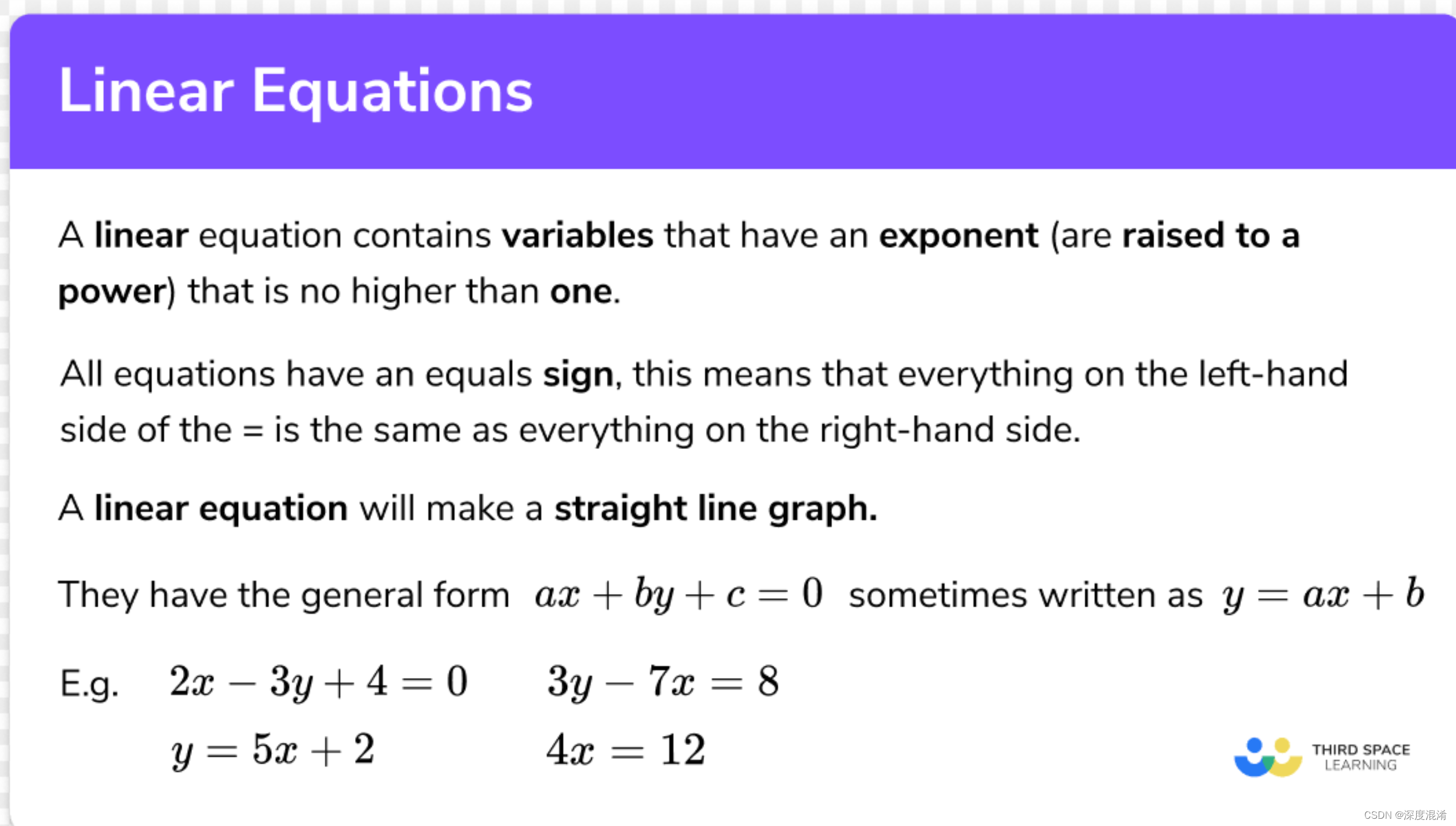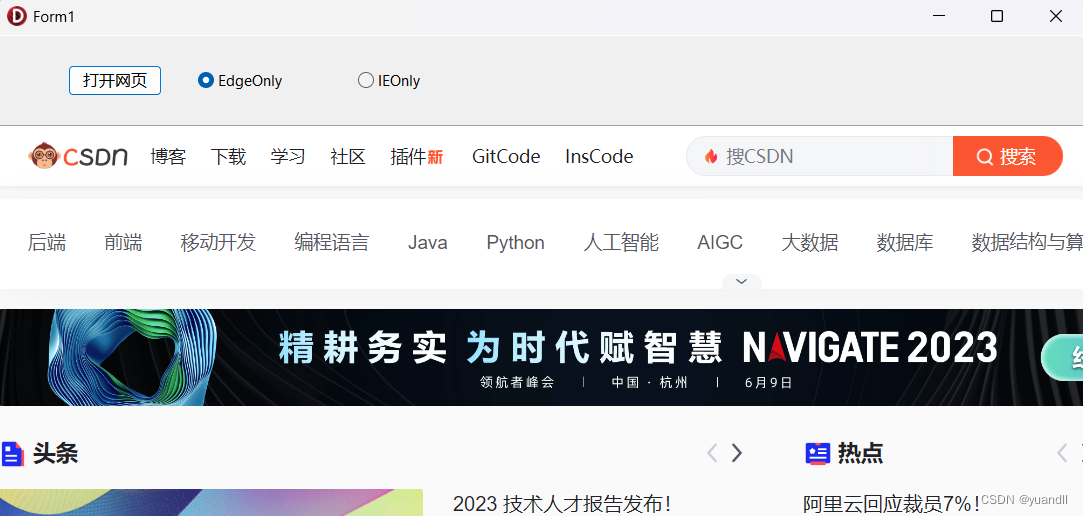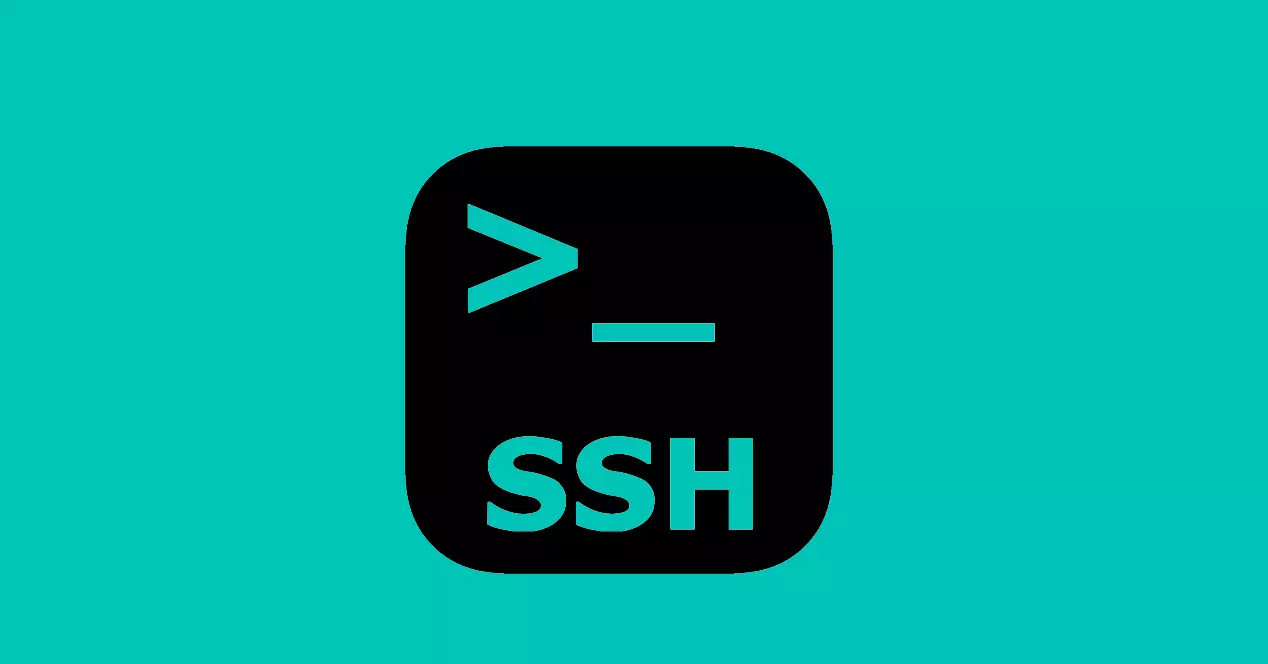文章目录
- 前言
- 一、fork/join是什么?
- 二、使用步骤
- 总结
前言
使用Fork/Join框架首先要考虑到的是如何分割任务,分割之后,根据join 再进行任务结果的合并,也就是类似二分法的,分而治之的理念;
一、fork/join是什么?
- fork 拆分任务,将大任务拆分成小任务,拆的有多小呢? 这个可以根据自己的情况而定
- join 合并拆分的结果, 无论如何拆分,最终的计算结果应该是对的
二、使用步骤
废话不多说,直接上代码
public class ForkJoin使用 extends RecursiveTask<Integer> {
private static int yuzhi = 10;
private Integer start;
private Integer end;
public ForkJoin使用(Integer start, Integer end) {
this.start = start;
this.end = end;
}
@Override
protected Integer compute() {
Integer res = 0;
if ((end - start) <= 10) {
for (Integer i = start; i <= end; i++) {
res += i;
}
} else {
Integer middle = (start + end) / 2;
ForkJoin使用 forkJoin使用 = new ForkJoin使用(start, middle);
ForkJoin使用 forkJoin使用1 = new ForkJoin使用(middle + 1, end);
ForkJoinTask<Integer> fork = forkJoin使用.fork();
ForkJoinTask<Integer> fork1 = forkJoin使用1.fork();
try {
res = fork.get() + fork1.get();
} catch (InterruptedException e) {
throw new RuntimeException(e);
} catch (ExecutionException e) {
throw new RuntimeException(e);
}
}
return res;
}
@SneakyThrows
public static void main(String[] args) {
ForkJoinPool forkJoinPool = new ForkJoinPool();
ForkJoin使用 forkJoin = new ForkJoin使用(1, 100);
ForkJoinTask<Integer> submit = forkJoinPool.submit(forkJoin);
Integer integer = submit.get();
System.out.println(integer);
}
}
- 我的最大任务是计算 1 -100 的和
- fork拆分: 我想每个最小子任务执行10的数的相加,这就是具体拆分的情况
- join 我利用join 得到每个子任务的执行的结果
- 整体是一个递归执行
- (end - start) <= 10 每次递归通过此判断是否应该继续拆分子任务
- 不满足上述条件,继续拆分,满足直接计算
- ForkJoinPool 通过这个框架执行我们的最大任务
- RecursiveTask 继承它,然后重写compute 这就是这个递归的核心逻辑了
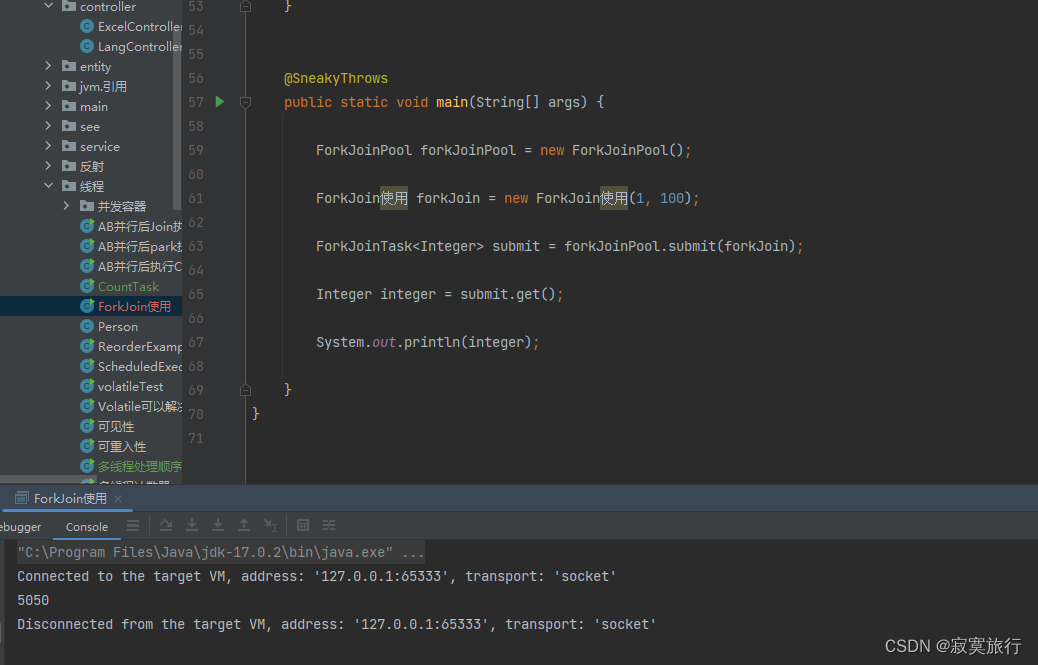
总结
fork join 框架的思想就是通过分而治之的理念,去处理大量数据; 核心是利用递归处理,底层也是通过多线程实现;

